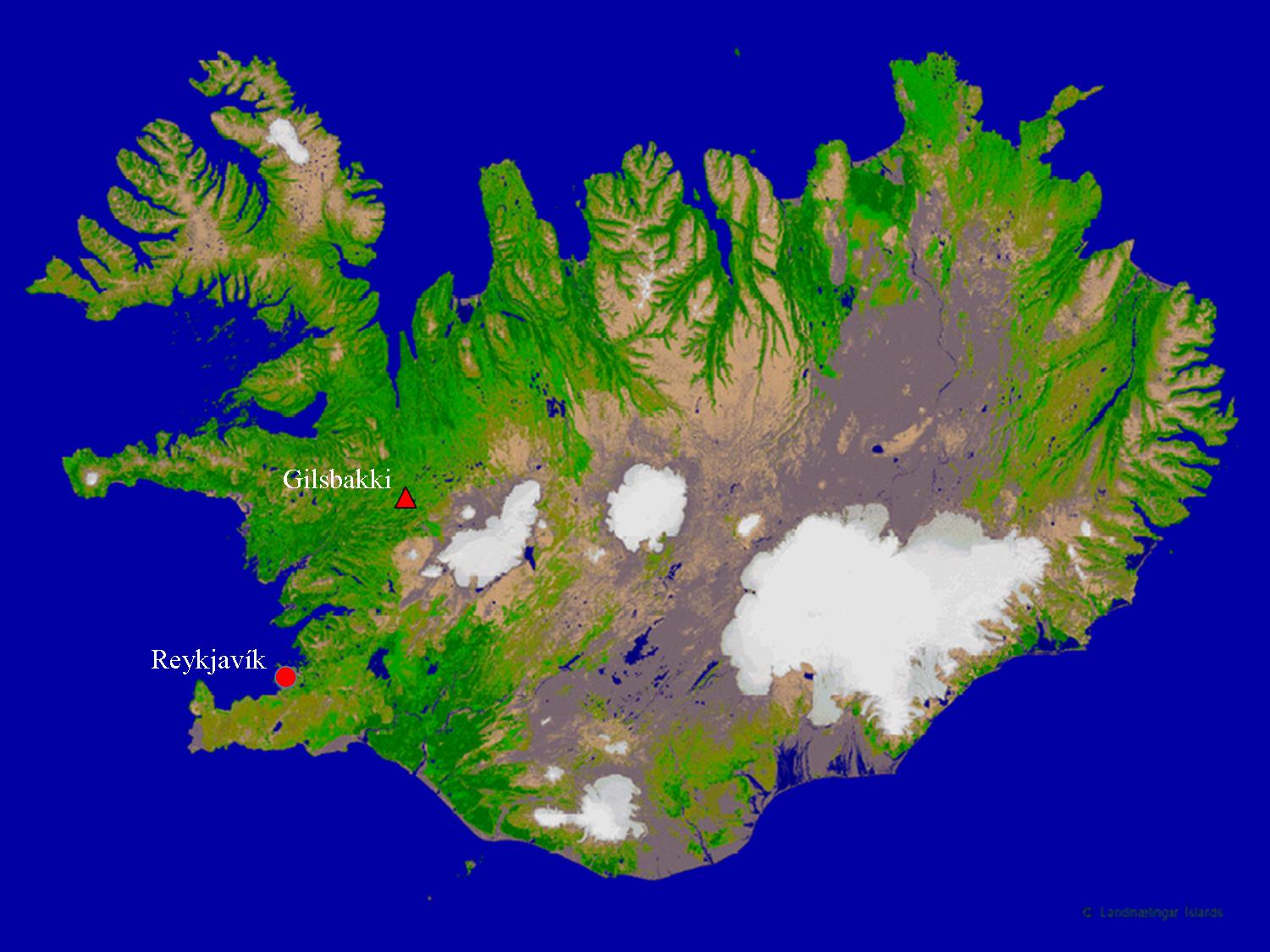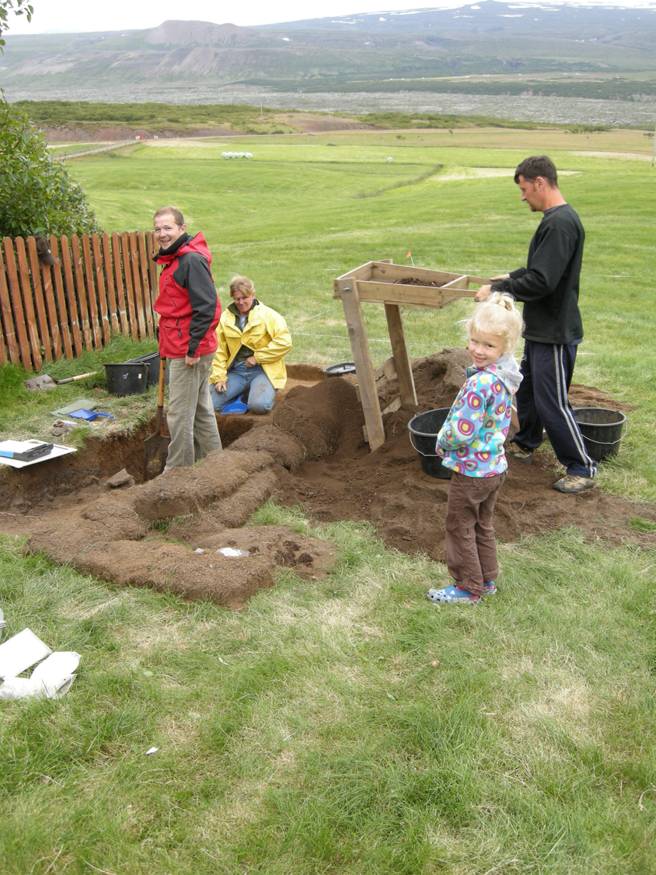Historical Archaeology in Iceland
Gilsbakki, Iceland: Weaving the Global and the Local at the Edge of the World
Kevin P. Smith and Michele Hayeur Smith
A combination of historical records spanning 1100 years and an emerging archaeological record covering the same period complicates our understanding of life at Gilsbakki, a Viking Age chieftains’ residence and later parish center in interior western Iceland. Here, at what many people consider the edge of the world, architectural and artifactual records suggest constantly changing strategies that linked Gilsbakki’s households into world systems stretching from Greenland to continental Europe, while zooarchaeological records paradoxically suggest long-term equilibrium and local adaptations. Over the course of a millennium, textiles, ceramics, iron and other objects recovered from Gilsbakki help us to document this wealthy household’s domestic strategies, its integration into international trading networks, the effects of 17th and 18th century colonial trade monopolies on Iceland, and its re-integration into a late 18th-19th century globalized world within which Gilsbakki was not only a consumer of international fashion but also a destination for early “adventure tourists”.
Figure 1: Map of Iceland showing the location of Gilsbakki.
Figure 2: Excavating at Gilsbakki can be a family affair.
Author Biographies:
Kevin Smith is curator of the Haffenreffer Museum of Anthropology at Brown University. Michele Smith teaches historic textiles in the Anthropology Deparment at the University of Rhode Island.






